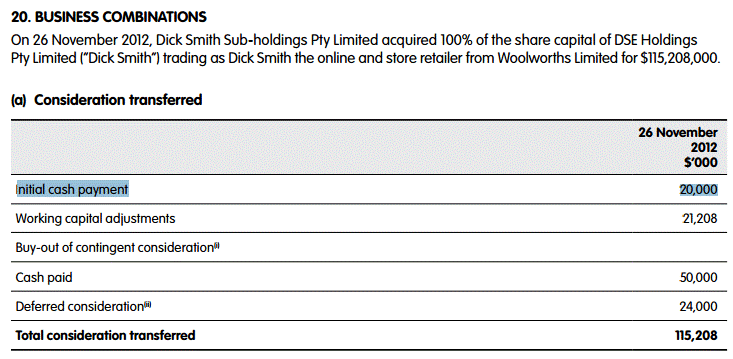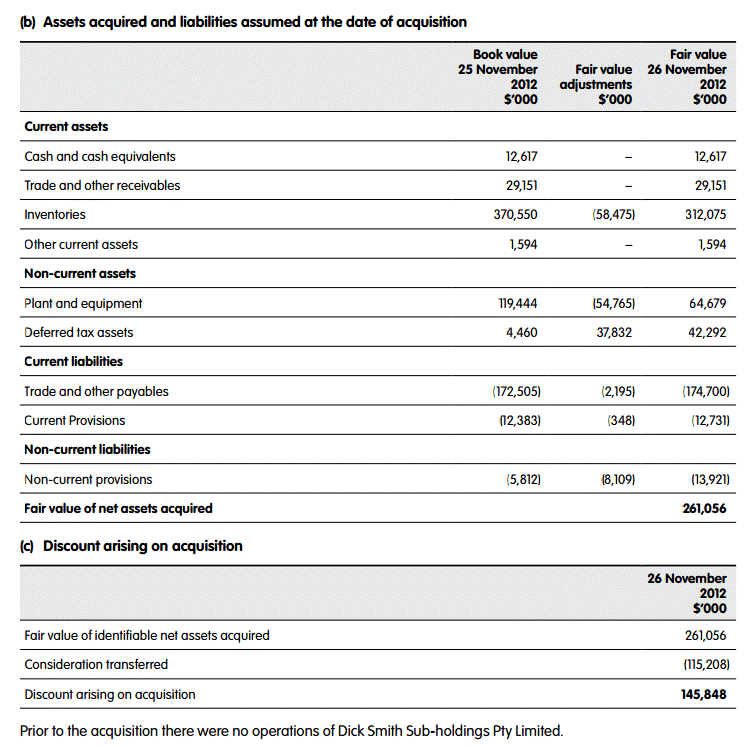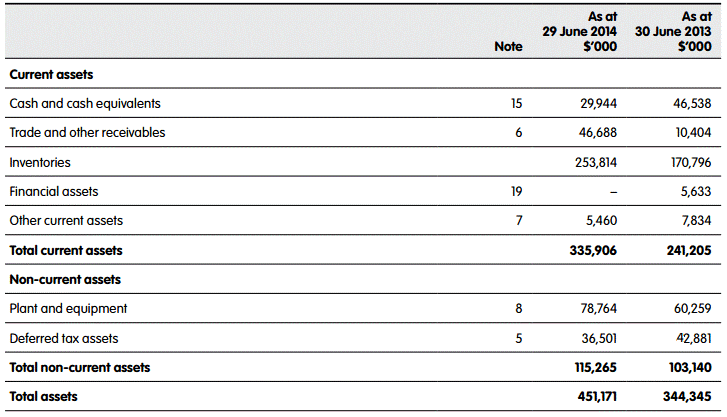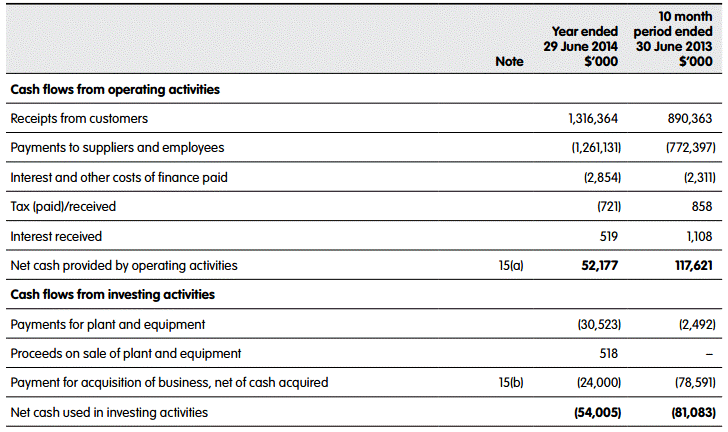What should you expect from a Value Manager?
- Resilience in falling markets
- Reasonable capital growth in rising markets
- Consistent dividend income
- Low volatility
- Tax effective
Master of the market shares his success secrets
Anton Tagliaferro has risen to the top by sticking to the basics
The Australian: Business - 22 June 2011
IML Investment Director, Anton Tagliaferro was featured in The Australian, the article has been re-published below:
It was 1998 and the Australian investment community was in the grip of the tech boom. An emerging fund manager named Anton Tagliaferro, who was ready to make his mark on Australia’s funds management industry, had just established his own firm, Investors Mutual. But unlike most fund managers, a young Tagliaferro was unconvinced about the tech-boom hype and instead stuck with traditional companies that had a performance history. The decision would be costly because his performance took a hit and the period until 2000 became one of the darkest of his professional career. He describes that tumultuous period, which is documented in the book Masters of the Market, as “one of the worst things I’ve had to live through in my professional career”. Tagliaferro even doubted if his business would survive. “I just didn’t know what to do,” he says in the book. “I had just set up a business. We only had $300 million under management and our clients were really unhappy. I had people pulling money out because our returns were bad.” It was during this period that Tagliaferro bought an annual pass to the Sydney Aquarium. “I used to go down there at lunchtime and stare at the fish in the big tanks and think maybe my time was up,” he says But the tide turned. The tech sector collapsed in 2000 and Tagliaferro was among the few fund managers to emerge unscathed. Two years later, IML was awarded the fund manager of the year for Australian equities by MoneyManagement, and today, Tagliaferro is considered one of the greatest in Australia’s funds management industry.
But it’s a description that does not sit easily with him. “There are lots of good people in the industry,” he says. “I think that I’ve been fortunate that I’ve always had a very conservative investment policy at a time when there have been speculative bubbles in place. Wilson Asset Management founder Geoff Wilson, who co-wrote Masters of the Market, says Tagliaferro has been a “phenomenal success story”. “He’s grown a business from nothing to $3.5 billion (in funds under management) in 13 years.” Tagliaferro is equally known for this straight-shooting style and is not afraid to tell company directors or politicians like it is.
Paradice Investment Management founder David Paradice says Tagliaferro has been influential in the funds management industry and his “strong views” have changed the outcomes for a lot of companies. “He doesn’t suffer fools lightly; I think that’s a very good quality,” Paradice says.
Tagliaferro takes the view that shareholders are the owners of the company and management is there to work for shareholders. “I know a lot of fund managers take the view that if they don’t like what’s going on, they just quit the register and sell,” he says. “We take the view that we are the owners of the company, so if the company is fundamentally a good company and it’s just a matter of changing or influencing the direction of management, we’ll do what we can to achieve that.”
As the topic turns to the shape of corporate Australia, there is no mincing of words. “I think the environment is fairly tough at the moment,” Tagliaferro says. “There’re all sorts of pressures on companies apart from the currency being where it is, interest rates going up (and) clearly a government . . . whose policies are not often that economically transparent but seem to be more politically driven like the carbon tax. There are no free kicks anymore for companies; they have to really earn their living now.”
He is equally blunt about the carbon tax. “For Australia to go it alone on a carbon tax is a little bit naive,” he says. “It is . . . making it very disadvantageous for many of our companies to operate when you are putting things on like carbon taxes which don’t exist overseas.
“When you consider Australia only consumes something like around 80 million tonnes of coal a year and China consumes over 3 billion tonnes of coal, it seems a little bit ludicrous to be worried about changing the world’s temperature or whatever we are trying to do when we are such a small part of the global environmental problem.”
Tagliaferro also sees “major risks” to the Australian economy. “The currency, where it is, is making it very tough for many industries,” he says. “Interest rates: you could argue that the RBA has already pushed them up too far. “Politically we have all these different decisions being made, which sometimes seem to be more politically motivated than economically rational.”
He says unless we are careful, “we could be going into a downturn in Australia”.
Tagliaferro says in the past two years, IML has positioned its portfolio away from cyclical stocks. “We haven’t got any discretionary retailers like JB Hi-Fi or Harvey Norman,” he says.
“We don’t own any very cyclical manufacturing stocks like Bluescope Steel; we’ve stayed away more or less from media companies like Fairfax and Ten Network. We have really tried to focus on companies that we think can continue to grow and deliver and do reasonably well in what is a fairly . . . difficult environment for corporates.”






